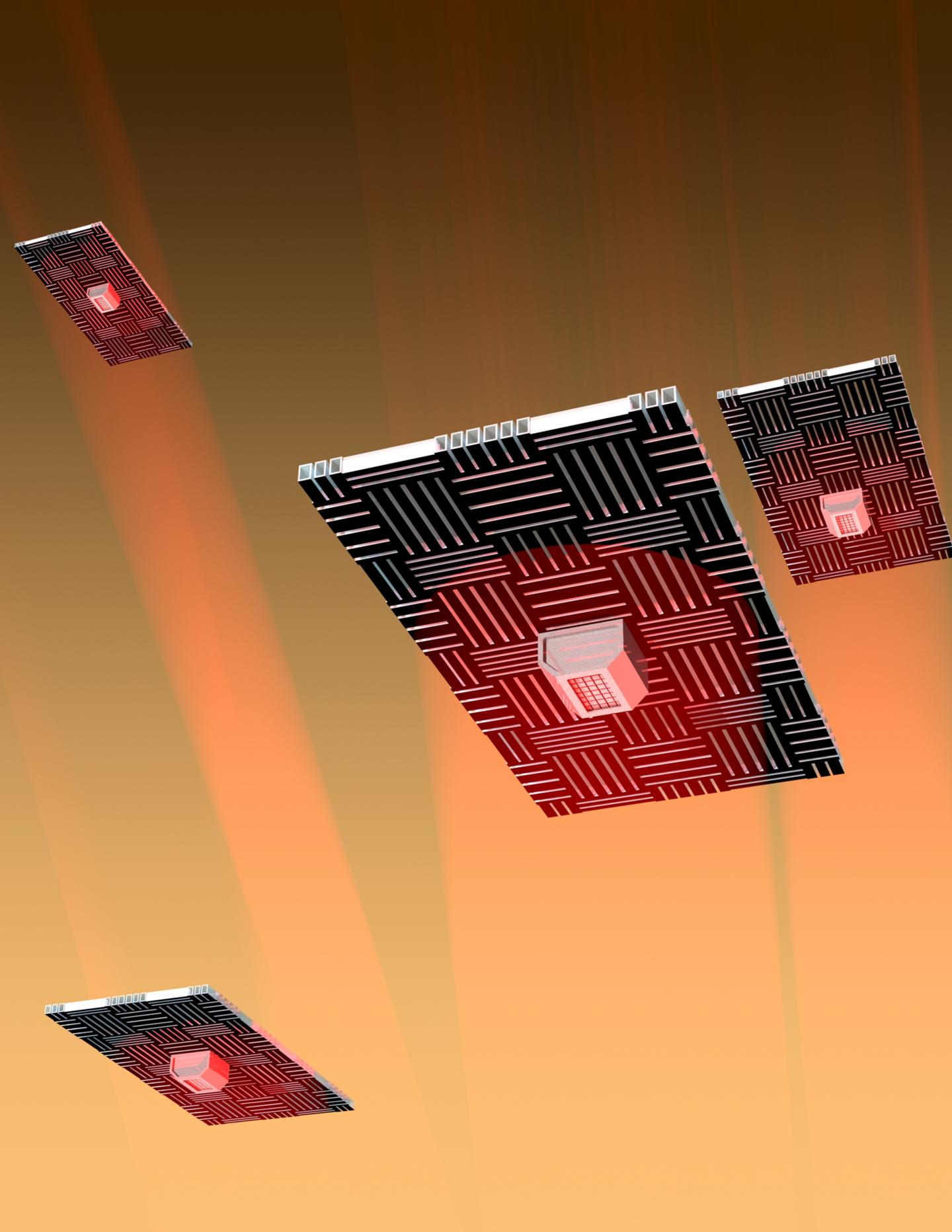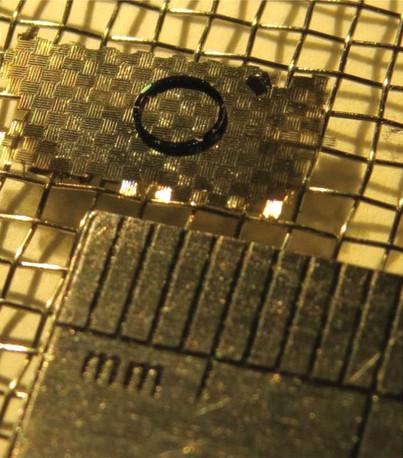Tiny, levitating 'nanocardboard' aircraft could explore Mars one day

Tiny, levitating "nanocardboard" flyers could one day explore the dusty red surface of Mars.
This summer, NASA will launch its newest Mars rover, Perseverance, and a helicopter that will fly over the planet's surface as part of a "high-risk, high-reward" experiment. But even before its launch, researchers are designing much more ambitious aircraft for Mars as well.
Of particular interest are flying aircraft that could, with less risk, more effectively observe and study Mars' surface. In a new study, researchers have demonstrated the abilities of a unique fleet of aircraft that could thrive on Mars: tiny "nanocardboard" flying vehicles. These aircraft each weigh about a third of a milligram, or less than a fruit fly, and have no moving parts. Instead of flying with wings or rotating blades, they actually levitate.
Video: Watch NASA unveil the Perseverance Mars rover's name!
More: NASA's Mars 2020 rover Perseverance in pictures
"The Mars Helicopter is very exciting, but it's still a single, complicated machine," lead author Igor Bargatin of the School of Engineering and Applied Science at the University of Pennsylvania, who is not involved in the Mars Helicopter, said in a statement. "If anything goes wrong, your experiment is over, since there's no way of fixing it. We're proposing an entirely different approach that doesn't put all of your eggs in one basket."
Each tiny flyer is a plate of "nanocardboard," which is inspired by paper cardboard's corrugations, or ridges. Plates of "nanocardboard" are hollow aluminum oxide a few nanometers thick with ridges made by a pattern of micro-channels on the plates that keep them stiff and unbroken.
The micro-channels in the "nanocardboard" plates are actually the secret behind their unique method of flight, according to the statement: The channels create a temperature gradient that pushes air through the hollow plates and allows them to float.
Breaking space news, the latest updates on rocket launches, skywatching events and more!
This strange method of flight would be particularly advantageous on Mars because the planet's thin atmosphere and weaker gravity would allow the plates to lift more weight and travel over much longer distances than here on Earth.
In this study, the researchers tested "nanocardboard" vehicles in a Mars-like environment in a lab environment. They tested the vehicles in a low-pressure test chamber and experimented with mock payloads by having the little floating plates carry silicone rings.
Additionally, Bargatin is working with other researchers to develop new, tinier chemical sensors that could collect important data and detect substances like methane and water on other planets, according to the statement.
"In addition to carrying sensors," Bargatin said, "our flyers could simply land and have grains of dust or sand passively stick to them, then transport them back to the rover so it doesn't need to travel as far."
Bargatin also suggested in the statement that fleets of these tiny flyers could be used to study our own planet's atmosphere — specifically, the mesosphere.
"The Earth's mesosphere is pretty similar to the Martian atmosphere in terms of density, and we currently don't have anything that flies there, since it is too low for space satellites but too high for airplanes and balloons," Bargatin said. "Ideally, you'd like to have some sensors up there as well. The more knowledge you have about the movement of the atmosphere at that level, the better predictions you can make about Earth's climate and even weather."
The research was published Tuesday (April 21) in the journal Advanced Materials.
- Mars 2020: The Red Planet's next rover
- Life on Mars: Exploration & evidence
- Photos: Ancient Mars lake could have supported life
Follow Chelsea Gohd on Twitter @chelsea_gohd. Follow us on Twitter @Spacedotcom and on Facebook.
OFFER: Save 45% on 'All About Space' 'How it Works' and 'All About History'!
For a limited time, you can take out a digital subscription to any of our best-selling science magazines for just $2.38 per month, or 45% off the standard price for the first three months.

Chelsea “Foxanne” Gohd joined Space.com in 2018 and is now a Senior Writer, writing about everything from climate change to planetary science and human spaceflight in both articles and on-camera in videos. With a degree in Public Health and biological sciences, Chelsea has written and worked for institutions including the American Museum of Natural History, Scientific American, Discover Magazine Blog, Astronomy Magazine and Live Science. When not writing, editing or filming something space-y, Chelsea "Foxanne" Gohd is writing music and performing as Foxanne, even launching a song to space in 2021 with Inspiration4. You can follow her on Twitter @chelsea_gohd and @foxannemusic.



